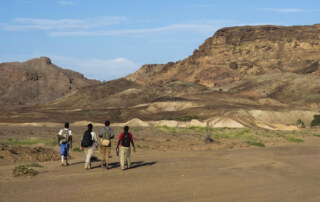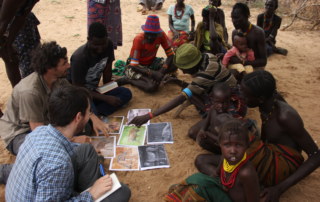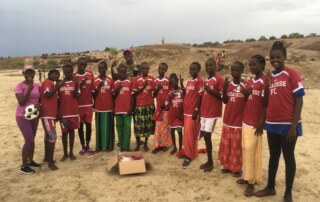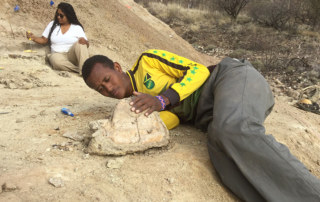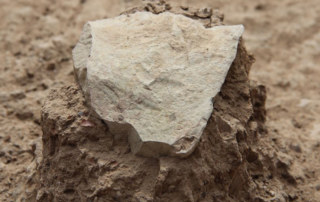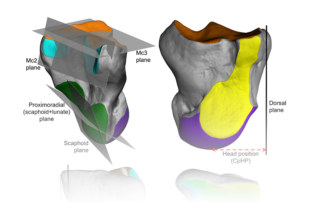TBI joins CONFMAP to improve public prehistory education in Kenya
The Turkana Basin Institute has joined the project Consolidating the Future through Mastering the Deep Past (CONFMAP), led by archaeologist Sonia Harmand of Stony Brook University and TBI. The project is funded by the French Ministry of Europe and Foreign Affairs, and aims to improve access to paleosciences for marginalized populations while raising awareness in Kenyan of the value of the prehistoric archaeological heritage of Turkana County in northern Kenya.

